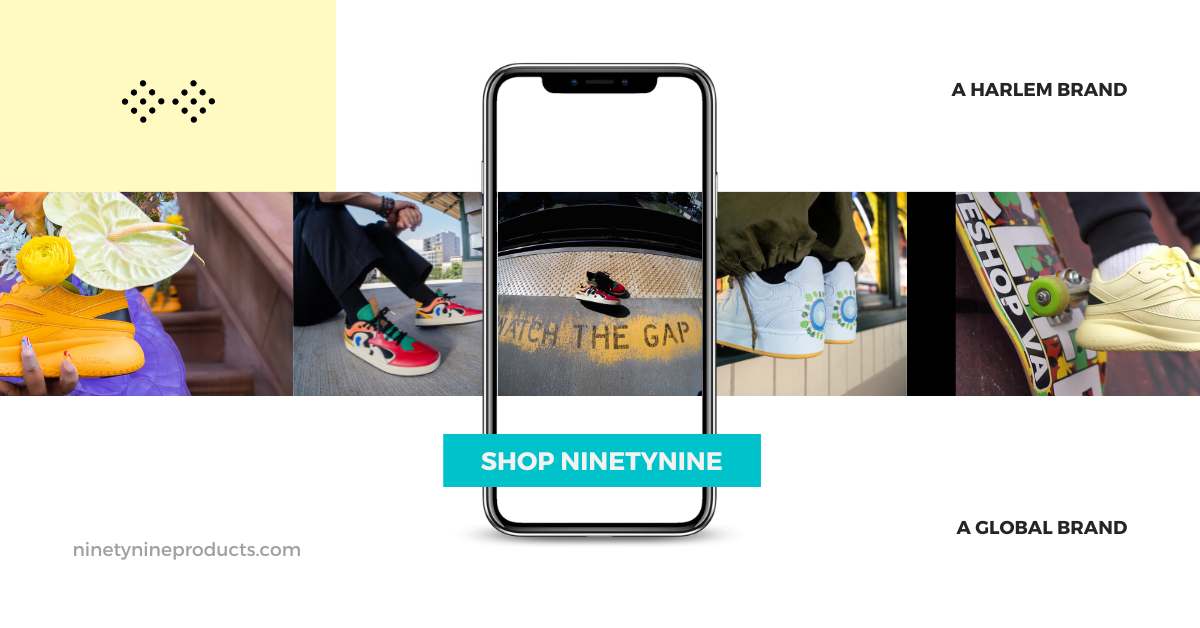Last week, On-Running IPO’d and like Allbirds and their pending IPO, both businesses are emerging growth companies with a long runway to make mistakes. The runway can be explained under a JOBS (Jumpstart Our Business Startups) Act which allows companies to forego reporting all aspects on their revenue in the first two years, or until they hit 1.07 Billion in revenue. This is important to consider as both On and Allbirds will have the ability to utilize marketing, acquisitions and expansion as evidence of a successful business. The perception of “doing something” always conveys to people interested in the brand, “winning”. There is a case model in Under Armour, that’s 15 years in the making and can be used as a precedent; but UA isn’t being discussed because many sneaker industry veterans consider Under Armour a completely different example.

Under Armour wasn’t a sneaker brand when they IPO’d. They were a fitness company, complimentary to other brands. Both On and Allbirds are footwear companies with existing supply chains and brick and mortar locations. Both are beginning to learn apparel. The comparison for all three sits at the intersection of growth and expectations. Under Armour had a variety of roads to choose as they began to build: footwear, apparel, fashion, tech, supply chain, brick and mortar. Under Armour was a company looking to hit 5 Billion a year at one point, but after 15 years, several layoffs and a complete collapse of their share price and faith in the company, it needed a hard reset. They had to contract departments like their Connected Fitness division:
Under Armour finally got a break with Covid-19 to mask many of the issues with the company and to truly hit the reset button. They have emerged a better company. It took 16 years.
Allbirds and On-Running enter their IPOs already fully formed businesses with apparel and footwear. Both with physical locations and in On-Running’s toolkit sits wholesale with specialty retail and with big box retail (not a benefit in my opinion). This moves me to Allbirds’ differentiation. I’m not sold on On-Running, although their report to the SEC pre-IPO showed them as a company in the green and they have turned a profit. On Running has had five more years than Allbirds to work through issues. Which would make you think that I would think more highly of On vs Allbirds since Allbirds in their SEC filing shows losses. The truth is Under Armour is both the precedent and the cautionary tale if both brands have paid attention. Under Armour’s biggest issue was growing beyond its demographic. On and Allbirds share that problem, and it’s a major one I think becoming a public company exacerbates. I do feel that even with Allbirds’ losses their differentiation is a benefit. What is the thing that makes me a bit more optimistic about Allbirds?
SEC Disclosure: https://www.sec.gov/Archives/edgar/data/1653909/000162828021017824/allbirdss-1.htm

Allbirds does not have any wholesale accounts. On their site they state clearly, “As of now, we are only selling direct to consumers and are not looking to wholesale our shoes.” Allbirds is walking into an IPO with both the protection of the Jobs Act and EGC (Early Growth Company) status, and the ability to state clearly they have a vast array of opportunities to grow into. On-Running does not. On already has every product category covered for a performance footwear brand. They don’t have any real growth opportunities in their product mix. I’ve always discussed Allbirds’ lack of SKUs as problematic. I recognize that those lack of SKUs keeps them B Certified Company compliant, but adding sustainable options that have more style will give Allbirds growth as a fashion brand. Their Tree Dasher has yet to be marketed correctly and they have growth opportunities there. Most important, Allbirds is an unknown that will have the runway needed to expand their footprint into key cities for the brand throughout the U.S. Opening their own doors is expensive and will also require a warehouse in the central part of the U.S., but with Natural Fiber Welding working with the brand on new sustainable options for design, and their own doors vs expanding into wholesale, Allbirds has the ability to maintain a tighter hold on distribution which I think could hurt On.

Both brands are entering the market as public companies at the worst time possible, which is the best thing for the brands. Manufacturing issues in Vietnam, shipping container constraints and a world still in a pandemic proved to be exactly what Under Armour needed to right their ship. Allbirds and On will be able to offset early growth issues and do a considerable amount of testing in their supply chain and in their plans to increase their brand awareness. This will be exciting to watch.


